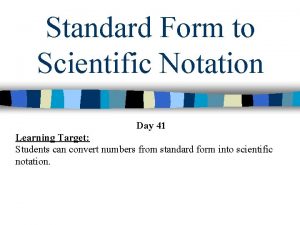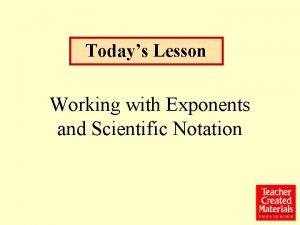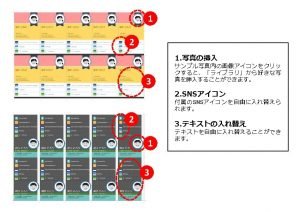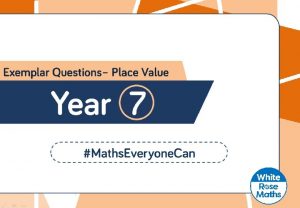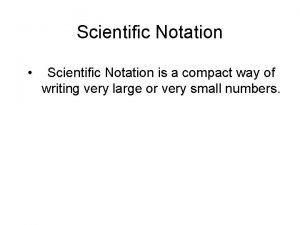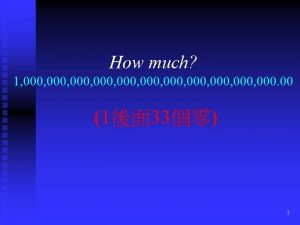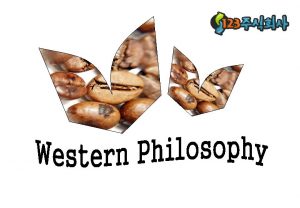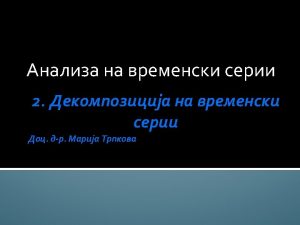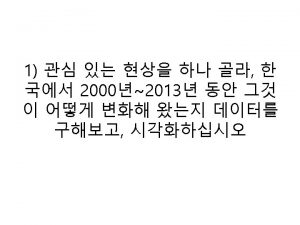1 000 word Primary Source Review week 1



![“Zhu […] was forced to live in a world of conflicting loyalties and irresolvable “Zhu […] was forced to live in a world of conflicting loyalties and irresolvable](https://slidetodoc.com/presentation_image/1a83358eb5f437c646d0fc9b586fb8f9/image-4.jpg)



- Slides: 7

1, 000 -word Primary Source Review (week 1, Term 3) Select a primary source (e. g. travel account, object, painting, chronicle) from the Links and Sources page (including Online Resources) and write your own 1, 000 -word analysis. The review should do at least the following: 1. Briefly situate and describe the source and its historical significance 2. Explain in what way(s) the source or its author/maker functioned as a go-between 3. Discuss what the source tells us about mediation and/or border crossings in the early modern world. Relate your discussion to the secondary literature you have read for this course: how does it confirm, contest, or nuance existing views? (provide references and a bibliography). NB: Make sure that you identify concrete passages from the source and explain how they help us understand the author's perspective and/or shed light on processes of mediation, experiences of boundary-crossing, or the effects of these on the people and places discussed (where relevant). Marking Scale

Kasr al-Bahr/ Castelo do Mar, Safi, built 1508

“The Moors say I am a Christian, and the Christians say I am a Moor, and so I hang in the balance without knowledge of what I should do with myself […] people call me a traitor, clearly and openly” - Sidi Yahya-u-Ta’fuft, July 1517 • What can Sidi Yayhya-u-Ta’fuft’s case teach us about the predicament of go-betweens? • What image of the go-between emerges from Subrahmanyam’s discussion? How does it relate to previous texts we’ve read?
![Zhu was forced to live in a world of conflicting loyalties and irresolvable “Zhu […] was forced to live in a world of conflicting loyalties and irresolvable](https://slidetodoc.com/presentation_image/1a83358eb5f437c646d0fc9b586fb8f9/image-4.jpg)
“Zhu […] was forced to live in a world of conflicting loyalties and irresolvable conflicts” “In the end, the resulting contacts and frictions went through individual human beings, all of whom had their own hopes and fears, and all of whom had to negotiate their own ambitions with many obstacles and constraints” • What kind of go-between was Zhu Zongyuan and what did he mediate between? • How does Zhu’s experience relate to or contrast with that of other go-betweens we’ve discussed?

Mid-term evaluation • What do you like about the module/ would you like to see more of? • What do you not like about the module/ would you like to see less of? • Is there anything else you’d like to include for after reading week?

‘Perhaps he wants to use his teachings to change our Confucian learning, but surely that would be silly, and must not be the case. ’ Letter by Chinese scholar Li Zhi describing Matteo Ricci, ca. 1599 - How did Ricci and his contemporaries mediate difference in the Chinese-Christian encounter? - How were the forms of mediation Zhu Zongyuan practiced similar to or different from that of missionaries such as Matteo Ricci?

Ethnography ‘had nothing particularly Western or European about it’ (Sanjay Subrahmanyam) - How does Evliya Çelebi represent Christian Europe, and how does he position himself in relation to it? - What does the Seyahatname tell us about boundaries and border crossings? Evliya Çelebi Seyahatname (VTR documentary, 2011)
 97 000 000 in scientific notation
97 000 000 in scientific notation Express 602200 in scientific notation.
Express 602200 in scientific notation. 7 500 000 000 000 000 000 in scientific notation
7 500 000 000 000 000 000 in scientific notation 090-0000-0000
090-0000-0000 Week by week plans for documenting children's development
Week by week plans for documenting children's development 000 counting hundreds more each week
000 counting hundreds more each week Express 4,980,000, 000 in scientific notation.
Express 4,980,000, 000 in scientific notation. Scientific notation standard form
Scientific notation standard form
